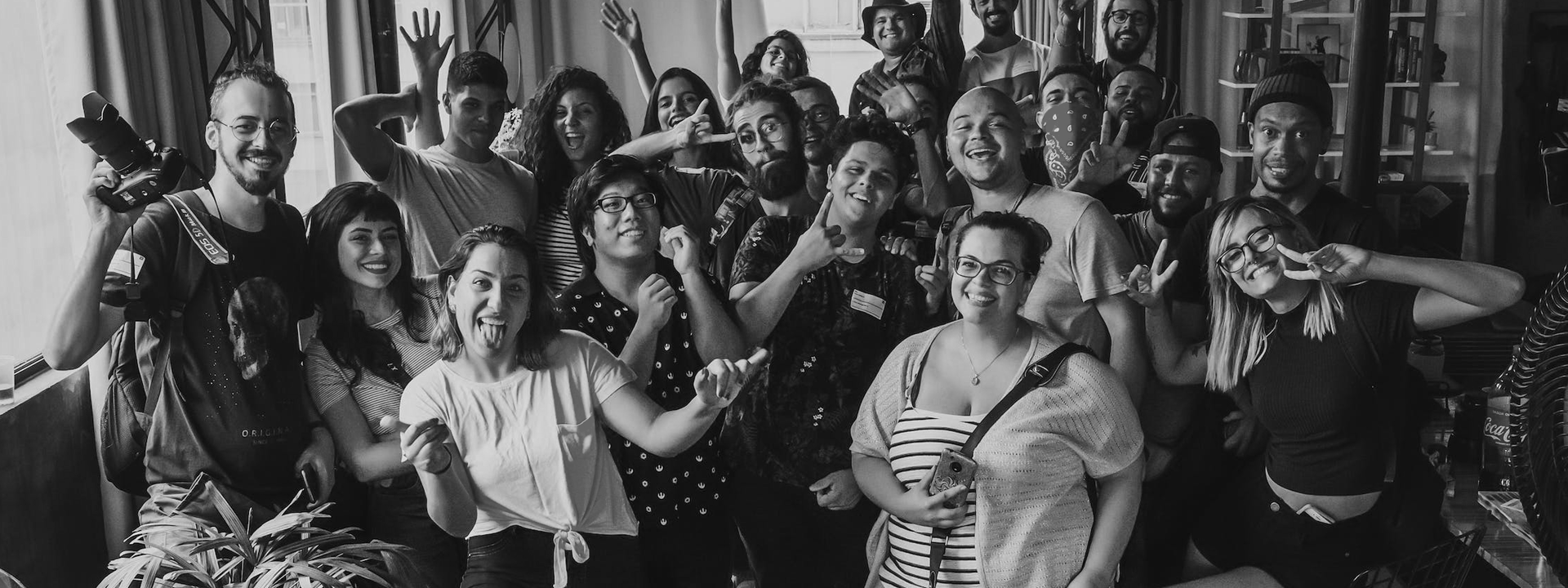Over the past decade, the racial and ethnic landscape of the United States has transformed into one that’s more diverse than ever before. An August 2021 report released by the U.S. Census Bureau found the country is more racially and ethnically diverse compared to 2010. In 2010, the White alone non-Hispanic population made up 63.7% of the U.S. population. In 2020, that number dropped to 57.8%.
Nearly half of the population today consists of minority groups. By 2045, it’s projected the country will become “minority White,” according to The Brookings Institution. Now more than ever, advertisers and brands must create a diverse marketing strategy in order to connect with a growing multicultural audience.
Why diversity in advertising matters
As demographics continue to evolve at a rapid pace, marketers must adapt and represent multicultural groups in campaigns or risk being left behind. Consumers today, no matter what race or ethnicity they identify with, want to see more diversity in advertising.
By creating a more inclusive marketing strategy, brands give more customers the opportunity to see themselves in their ads. Marketers can build trust and authority with consumers when they come across as more authentic. Ultimately, showcasing diversity allows companies to demonstrate they care about all customer viewpoints and what matters to them.
According to the 2022 Holiday Retail survey from My Code’s Intelligence Center, 74% of multicultural gift shoppers desire more retail industry advertising created with people like them in mind. Additionally, 53% feel it’s important for holiday advertising to include elements of their culture.
Brands that get it right have the opportunity to win new customers and build strong relationships. Companies that fail to lead with diversity, or that miss the mark with their efforts, risk global backlash and may turn off customers.
The importance of diversity in marketing is growing
Seeing diversity in marketing messages means increasingly more to each subsequent generation. That’s not surprising, considering with each new generation, the amount of racial and ethnic diversity in the U.S. increases.
To illustrate, let’s look at Gen Z, the generation of people born between 1997 and 2012. Older Gen Z members are around 25 years old in 2022, while the youngest are just turning 10 years old.
A 2020 report by Microsoft Advertising found 70% of Gen Z consumers trust brands more when they represent diversity in ads. Around the same amount (69%) say brands that represent diversity are more authentic. That’s important because 76% of Gen Z consumers are more likely to support brands that are authentic in advertising.
Connecting with more customers through culturally relevant creative
For brands that want to be more diverse in marketing, there needs to be both multicultural representations as well as a meaningful, genuine, non-stereotypical intent behind the messaging. Having a diverse team behind the ads and marketing campaigns can help.
Intelligence Center’s 2022 Multicultural Consumer Fact Pack found that multicultural adults are over three times more likely than non-multicultural adults to say they want to identify with the people in “mainstream” creatives in advertising more.
The report also found that advertising creatives with authentic cultural representation are more impactful: 40% of multicultural adults say they can identify with culturally relevant creatives and culturally relevant creatives are between 24%-62% more compelling than mainstream creatives.
The time is now to answer the call for diversity in marketing. Global populations, especially in the U.S., are becoming more diverse each year. Your brand can lead the charge by building more inclusive marketing practices that make all consumers feel included.
Reach out to My Code to learn more about how your brand can more meaningfully connect with multicultural audiences.
